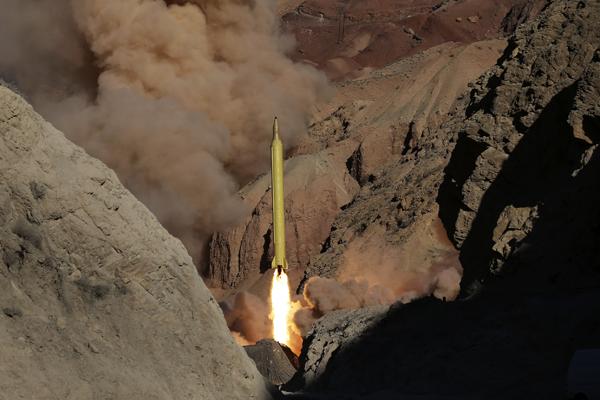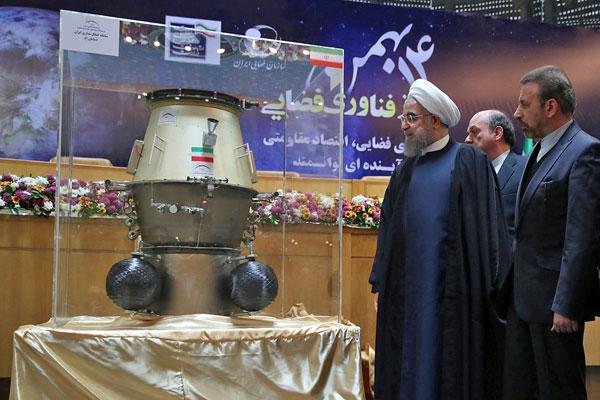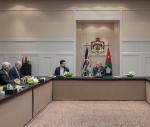You are here
Iran fires ballistic missiles, testing UN resolution
By Reuters - Mar 08,2016 - Last updated at Mar 08,2016
DUBAI/WASHINGTON — Iran's Islamic Revolutionary Guards Corps (IRGC) test-fired several ballistic missiles on Tuesday, state television said, challenging a United Nations resolution and drawing a threat of a diplomatic response from the United States.
Two months ago, Washington imposed sanctions against businesses and individuals linked to Iran's missile programme over a test of the medium-range Emad missile carried out in October 2015.
US State Department spokesman Mark Toner said Washington would review the incident and, if it is confirmed, raise it in the UN Security Council and press for an "appropriate response".
A UN resolution calls on Iran not to test any missile capable of carrying a nuclear warhead.
"We also continue to aggressively apply our unilateral tools to counter threats from Iran's missile programme," Toner added, in a possible reference to additional sanctions.
Brigadier General Amir Ali Hajizadeh, commander of the IRGC's aerospace arm, said sanctions would not stop Iran developing its ballistic missiles, which it regards as a cornerstone of its conventional deterrent.
"Our main enemies are imposing new sanctions on Iran to weaken our missile capabilities But they should know that the children of the Iranian nation in the Revolutionary Guards and other armed forces refuse to bow to their excessive demands," the IRGC's website quoted Hajizadeh as saying.
Underground silo
A state television report showed a missile being fired from a fortified underground silo at night time. The presenter said it was a medium-range Qiam-1 missile, and the test took place in the early hours of Tuesday.
The report said the Guards had fired several missiles from silos across the country, though it only showed footage of one. "The missiles struck a target 700km away," Hajizadeh said.
State-run Press TV had earlier shown footage of the Emad missile, Iran's most advanced model under development, being fired. However, that footage appeared to be of the earlier October launch that triggered the US sanctions.
The United Nations said the October test, which took place after Iran reached a nuclear deal with world powers in July, violated Security Council Resolution 1929, which barred Iran from undertaking any work on nuclear-capable ballistic missiles.
That resolution expired when the nuclear deal was implemented in January, but a new resolution then came into force under which Iran is "called upon" not to undertake any work on missiles "designed to" deliver nuclear weapons.
Iran always denied any link between its ballistic missiles and its disputed nuclear programme, which is now subject to strict limitations and checks under the nuclear deal.
Related Articles
DUBAI — A Revolutionary Guards commander said Iran would use its missiles if its security is under threat, as the elite force defied new US
DUBAI — Iran's Islamic Revolutionary Guards Corps (IRGC) test-fired two ballistic missiles on Wednesday that it said were designed to be abl
DUBAI — Iran's defence minister said on Wednesday it had tested a new missile but this did not breach the Islamic republic's nuclear accord
















